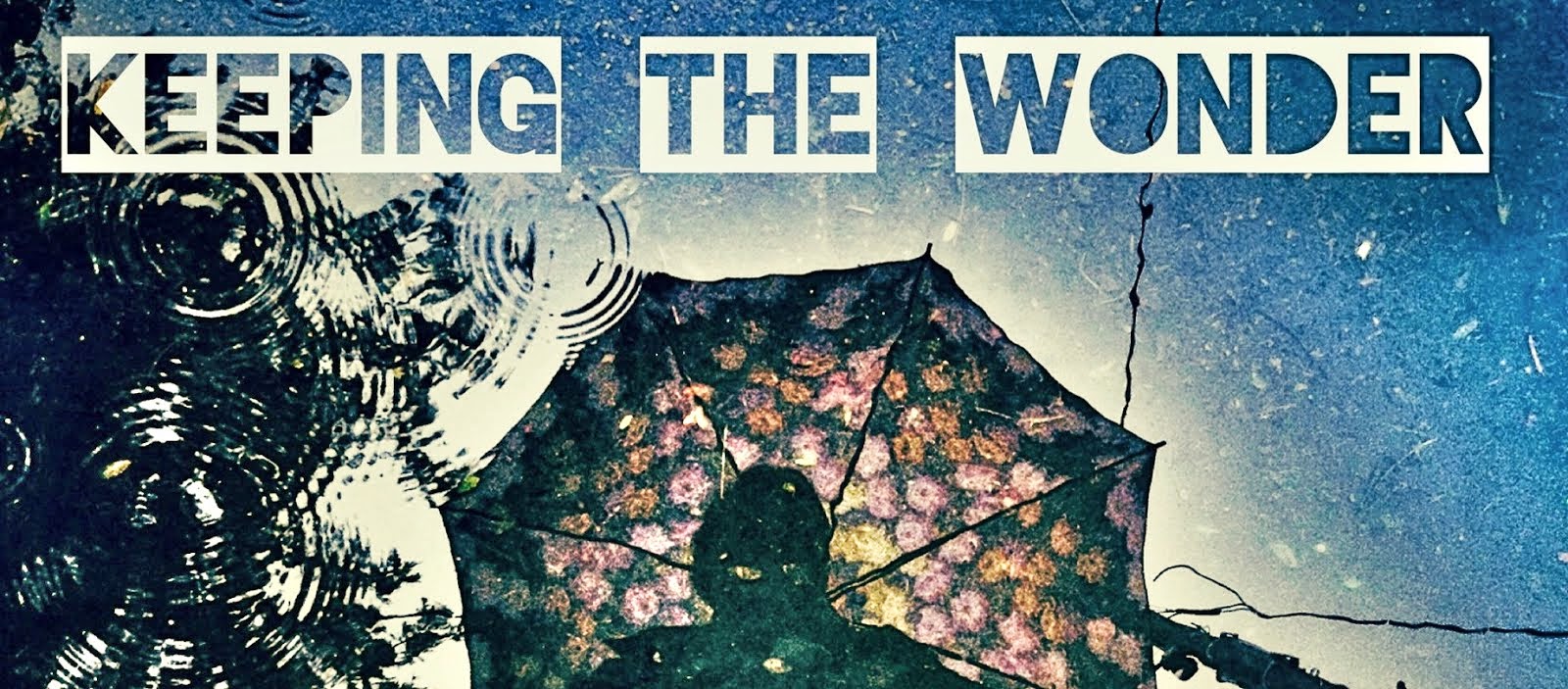So my students have been learning about composition. It was really fun teaching this to my 3rd - 6th graders. Here are some examples I did for the classes. I used a pencil to sketch, a sharpie to outline, crayons for coloring.
Finding the visual sweet spots —
First I drew 3 examples on the white board. (I had them mostly drawn before the students got there. FYI.) I talked about good composition, vs. poor composition. (See photos below.) I also brought in a bunch of my landscape paintings & sketches for more examples. I had these scattered around the class room for students to look at.
Then after going over the dos & don'ts of composing compositions - I had students divide their paper into thirds, using a ruler. Drawing two horizontal lines & two vertical lines across the paper, creating a nice grid. The 4 crossing points in the grid, become the "sweet spots". These "sweet spots" are generally good places to put a focal point, a change in compositional direction, a point of dark contrast or highlight, or other point of interest. I majorly stressed as students were drawing their lines that they "keep their lines LIGHT" because of course, when your drawing is finished, you erase all extra lines.
 |
| Version 3. The keeper! This composition offers a pleasing balance while being more dramatic & interesting then version 2. The horizon line 2/3rds high. |
Here's a couple things I said as students were drawing:
DO overlap objects to add depth to your drawing. DON'T place objects that almost touch or are "tickling" each others edges.
DO group objects creatively - have fun!
DON'T balance equally - this is boring.
THINK about where your horizon line is - should it be in the center of your paper?
Below is a colored drawing I did. When I normally draw, I totally avoid creating outlines. In real life there aren't any outlines around anything, right? So why should there be outlines in realistic drawings? It instantly turns any drawing, no matter the style into a "cartoon". << that's something good to talk about with students too.
I did several fast sketches, all styled like the one below, with different compositions & subjects in them. I had my student chose which drawing they wanted to do - then they copied my drawings, found the "sweet spots" & designed their composition. Then they all colored their drawings. (I dearly wish I got some photos of their work - but I always get so excited & busy, that I forget to get out my phone to take photos…) Something I need to work on I guess!
Below is a really simple sketch I did of different types of composition — I printed these out & gave them to students. All my little compositions were inspired by Edgar Payne. I asked students to look at the various landscape paintings I had around the room, & see if they could spot any of these compositions within my paintings.
Types of composition:
If you found this helpful or inspiring, please leave me a comment! I would love any feedback! Thanks! :)






quite interesting
ReplyDelete